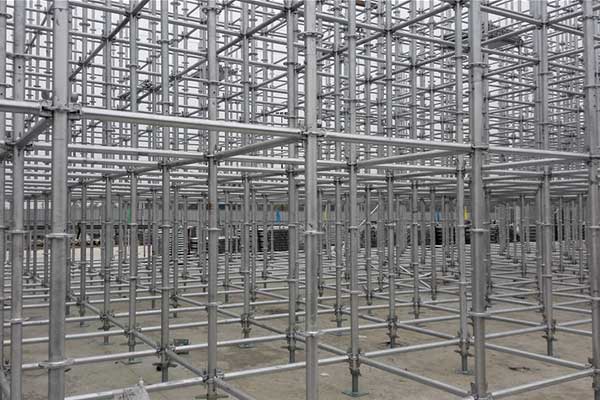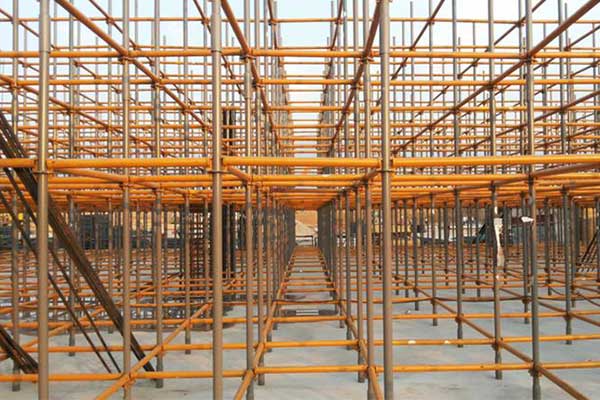Types of Modular Scaffolding System
When it comes to construction, maintenance, or repair projects, scaffolding play a critical role in ensuring safety, efficiency, and productivity. Among the various scaffolding solutions, modular scaffolding systems have gained significant popularity due to their flexibility, adaptability, and ease of assembly. In this article, we’ll explore the different types of modular scaffolding systems, their features, and their applications.

What is a Modular Scaffolding System?
A modular scaffolding system consists of pre-fabricated components that can be assembled into a variety of configurations. These systems are designed for quick and safe assembly, offering versatility for projects ranging from small residential repairs to large-scale industrial constructions.
Key benefits include:
- Ease of assembly: Minimal tools required for setup.
- Flexibility: Can adapt to different structures and site conditions.
- Durability: Made from high-quality materials like steel or aluminum.
Types of Modular Scaffolding Systems
1. Ringlock Scaffolding
Ringlock scaffolding is one of the most versatile and widely used modular systems. It features a rosette joint, allowing up to eight connections at a single point, making it suitable for complex structures.
Advantages:
- Quick assembly and disassembly.
- High load-bearing capacity.
- Adaptable to irregular shapes and heights.
Applications:
- Construction of bridges, tunnels, and shipyards.
- Industrial maintenance projects.
2. Cuplock Scaffolding
Known for its unique locking mechanism, cuplock scaffolding uses a “cup” joint that securely holds horizontal and vertical components together.
Advantages:
- Simple and secure locking system.
- No need for nuts, bolts, or wedges.
- High flexibility for curved and straight structures.
Applications:
- Large-scale commercial projects
- Building facades and frameworks.
- High-rise construction.
3. Kwikstage Scaffolding
The kwikstage scaffolding system is named for its quick assembly process. It is ideal for projects requiring standardized components and repetitive assembly.
Advantages:
- Robust and stable.
- Easy to customize for height and shape.
- Low maintenance due to its simple design.
Applications:
- Medium to high-rise buildings.
- Large-scale commercial projects.
- Temporary access platforms and work platforms.
4. Frame Scaffolding
Frame scaffolding, one of the most traditional modular systems, is easy to use and highly popular for both small and large projects. It consists of rectangular frames connected by cross braces to create a stable structure.
Advantages:
- User-friendly and quick to assemble.
- Lightweight and easy to transport.
- Economical for general construction needs.
Applications:
- Bricklaying and masonry.
- Residential and commercial construction.
- Short-term maintenance or repair work.

How to Choose the Right Modular Scaffolding System
Choosing the right scaffolding system depends on several factors:
- For projects requiring high load capacity and adaptability to irregular structures, Ringlock scaffolding is an excellent choice.
- If simplicity and cost-effectiveness are your priorities, Cuplock scaffolding offers a secure and efficient solution.
- For repetitive tasks and smaller budgets, Kwikstage scaffolding is reliable and economical.
- Frame scaffolding is ideal for straightforward, smaller-scale projects like residential construction and masonry.
Conclusion
Modular scaffolding systems provide a safe, efficient, and versatile way to support construction and maintenance tasks. By understanding the different types of scaffolding available and their applications, you can make an informed decision about which system is best for your specific needs.
For quality scaffolding, please contact us. Our team of experts can provide the best quality products according to your project needs.
